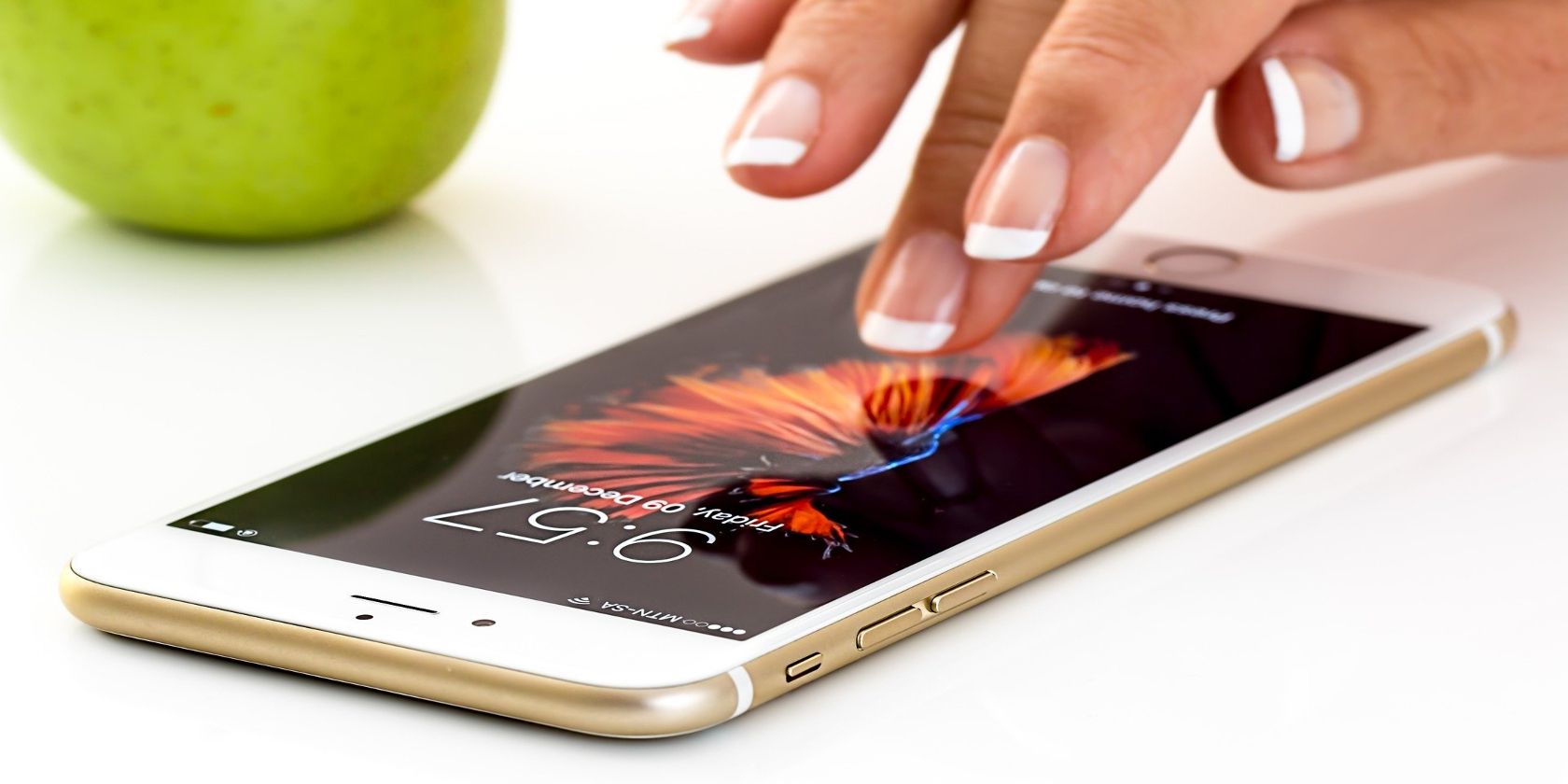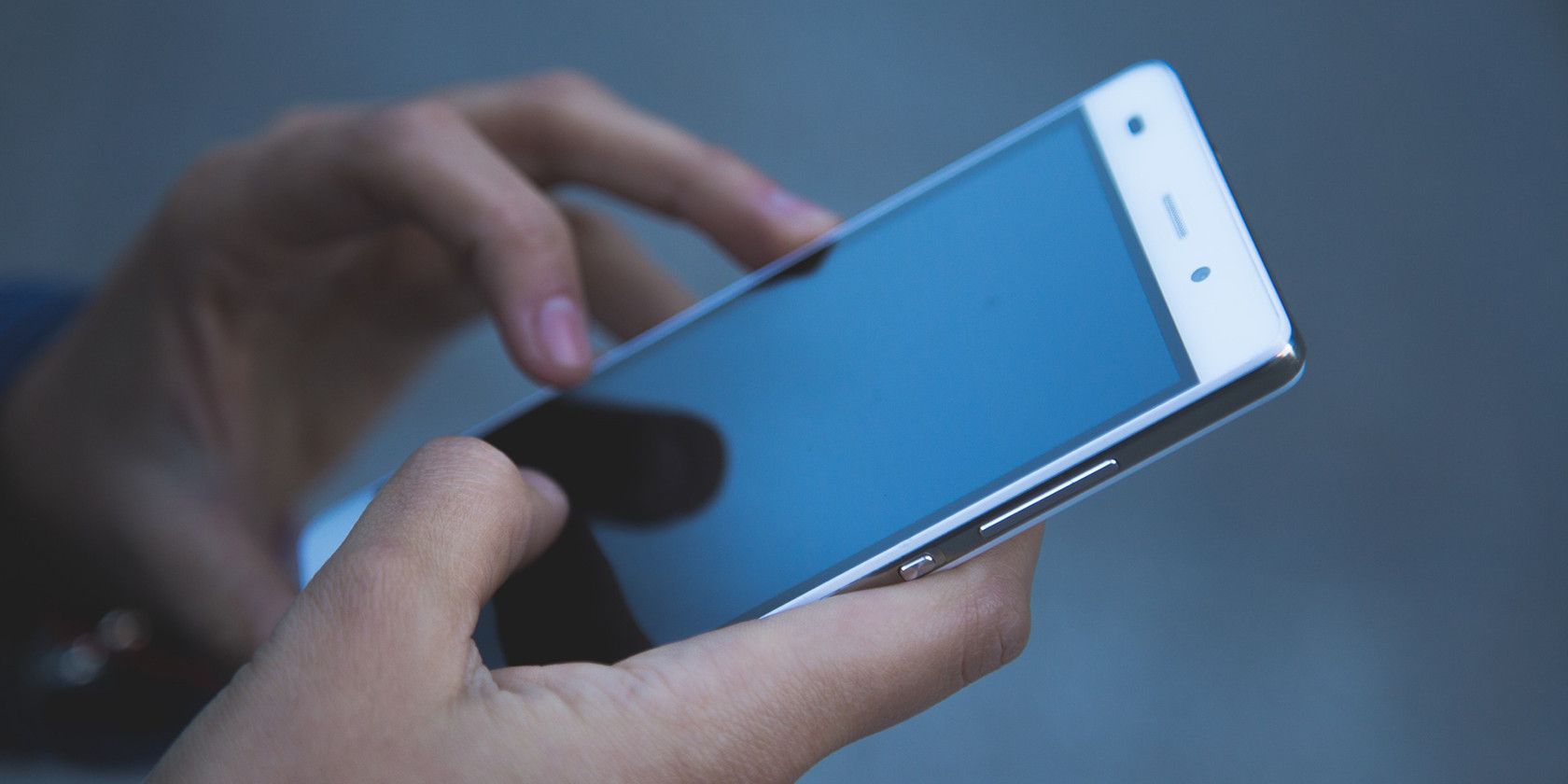Many devices we use today have touchscreen technology. And often, it's easier to interact with your device by tapping or swiping on the display—rather than using physical buttons.
Though we've been using touchscreens for a while now, many people don't think about the technology behind them. Here's a deeper dive into the different types of touchscreens and how they work.
Infrared Touchscreens
Infrared is one of the oldest forms of touchscreen technology. While infrared touchscreens can be used with gloves on, they don't support multi-touch and have slow response times.
How Infrared Touchscreens Work
As the name suggests, infrared touchscreens use infrared light to register a touch. Infrared LEDs line two of the display's edges (one vertical and one horizontal), and the other two edges are lined with light sensors. Each LED corresponds to a sensor on an infrared touchscreen, and infrared light is constantly beamed to the sensors.
Once you put your finger on the display, you block the light from hitting some of the sensors. No matter where you put your finger, you will be blocking light from both an X-axis sensor and a Y-axis sensor. Using this information, the display can pinpoint where the finger is pressed down.
How to Disable Touchscreens on Android and iPhone
Capacitive Touchscreens
Capacitative touchscreens are older than infrared and are the oldest form of this technology. In the 1960s, Eric A. Johnson—who was looking for other ways of interacting with computers—developed capacitive touchscreen technology.
How Capacitive Touchscreens Work
Capacitive touchscreens use electric capacitance to function. Above the pixels sit several layers of materials. There's the top layer of glass, a layer of conductive material (typically indium tin oxide), another layer of glass, another conductive layer, and a bottom layer of glass.
The layers are separated by glass because, by contrast to the layers of indium tin oxide, glass does not conduct electricity well. This basically makes a large capacitor.
The two conductive layers consist of microscopic connected diamond-shaped plates. One layer has the plates arranged in columns (for the sake of simplicity, we'll refer to this as layer 1), and the other one has the plates arranged in rows (layer 2).
How to Fix Your Windows 10 Touchscreen
An electric current is sent through the two conductive layers, causing electrons to flow from layer 1 and gather in layer 2. The glass in between prevents the electrons from jumping between the layers and completing a circuit. Layer 1 builds up a positive charge, and layer 2 builds up a negative charge. Though the layers are separated, their electric fields still interact with one another.
The built-up charge remains consistent, and when a conductive item touches the top glass layer (say, a finger), its electric field changes the charge at that certain point. The device registers this change in the charge as a touch. Non-conductive items like gloves and pencils won't change the field, thus, can't be used on a capacitive touchscreen.
Resistive Touchscreens
In the mid-1970s, Samuel Hurst invented resistive touchscreen technology. Today, resistive technology is one of the most popular touchscreen technologies in the world.
How Resistive Touchscreens Work
Like capacitive touchscreens, resistive touchscreens also use two layers of indium tin oxide. In the case of resistive touchscreens, however, the two layers are actually meant to make contact.
Resistive touchscreens consist of a flexible top substrate, the first conductive layer, an air gap, a layer of spacer dots, the second conductive layer, and a rigid bottom substrate. The spacer dots are microscopic dots of gelatinous material that keep the layers from touching each other when not being pressed.
A steady current of electricity is sent through both of the conductive layers, and when a finger presses down on the display, they get pressed together at that point. When this happens, it causes a change in that current. Just like with capacitive touchscreens, the device reads the change in the charge as a touch.
Resistive touchscreens require you to apply force to the display to register a touch, whereas capacitive touchscreens don't. On the other hand, resistive touchscreens can be used with gloves on (or any object for that matter).
SAW (Surface Acoustic Wave) Touchscreens
Surface acoustic wave (SAW) touchscreens aren't as popular as capacitive or resistive touchscreens. However, they offer better image clarity.
You'll find SAW touchscreens in several areas, including at ATMs.
How SAW Touchscreens Work
Rather than using two layers of indium tin oxide, SAW touchscreens use sound waves to register a touch. On one corner of the screen, there are two transmitting transducers. These components emit ultrasonic sound waves throughout the display.
One transducer fires sound waves on the X-axis, and the other fires on the Y-axis. On the opposite corner, two receiving transducers pick up the sound waves. Just like with the transmitters, there's a receiver for the X-axis and one for the Y-axis.
Lining the edges of the display are several sound reflectors. These flat plates are angled to reflect each sound wave 90 degrees. When a sound wave hits a reflector, it gets split up into mini-waves that travel across the display (the number of mini-waves corresponds to the number of reflectors).
How to Toggle Touchscreens on Windows 10
Each mini-wave travels across the display to hit another sound reflector and bounce toward a receiver. Since the mini-waves hit the receiver one-after-another, the receiver can tell which mini-wave belongs to which reflector based on how long it takes for the wave to hit it after the initial sound wave was produced.
When a soft object, like a finger, comes into contact with the display, it absorbs the sound waves at that point. This means that some of the sound waves won't make it to the receiver. Since the receivers can account for each mini-wave, they can tell which waves are being absorbed and where they were intercepted, ultimately pinpointing where the finger has been pressed down.
Touchscreens: So Much Goes On Under the Surface
Through the innovations made to touchscreen technology, we can all interact with our devices much easier than ever. All it takes is a tap or a swipe to navigate music, browse the web, or communicate with a loved one.
We use touchscreens for our smartphones and tablets, but they have so much more to offer than that alone. And as the impact this technology has had on our lives goes to show, it's what's underneath that counts.



